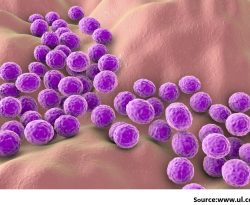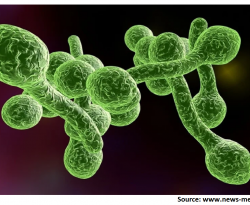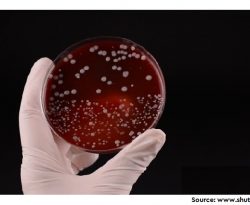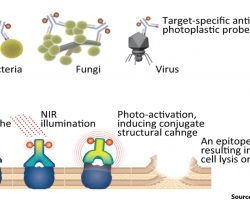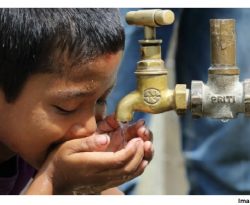Antibiotic Combinations Reduce Staphylococcus Aureus Clearance
The spread of antibiotic resistance has increased interest in combination-based treatments. Despite extensive research into the effects of drug combinations on bacterial growth, Much less is known about their effects on bacterial long-term clearance, particularly at cidal, clinically relevant concentrations. The authors systematically quantify Staphylococcus aureus survival during prolonged exposure…



